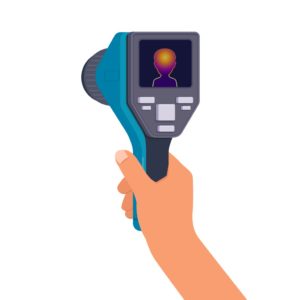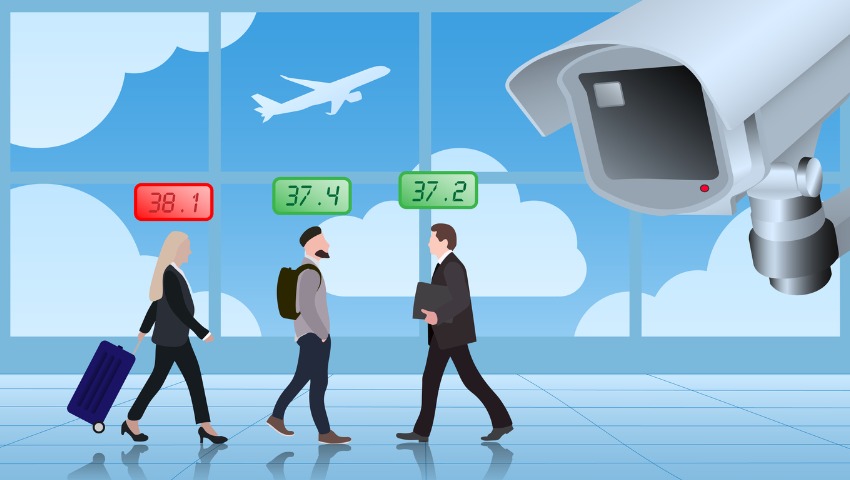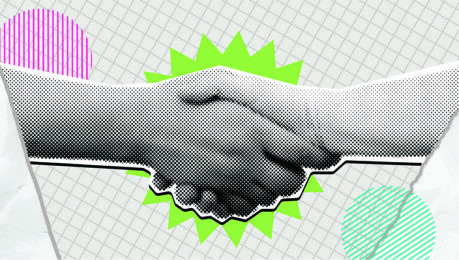As planners navigate the ‘new normal’ of a post-COVID-19 world, we are seeing innovative technologies emerge that promise to help keep event attendees safe. One of these is thermal imaging, used to detect fevers, a common symptom of COVID-19. Many companies have begun to market and sell heat-screening systems to airports, businesses, governments and planners.
Here are the ins and outs of thermal-imaging technology to help you decide if it’s right for your event.
How it Works
Infrared cameras take heat images and detect body temperature. While exact specifications, including how many people can be scanned at once and how accurate the temperatures are, differ by technology providers, thermal imaging has emerged as the first line of defense to keep those infected with COVID-19 from spreading the virus.
Benefits
 Where traditional methods of temperature-taking can bog down entry points, thermal imaging can take the temperature of dozens of people at once. Mass screening also means a noninvasive, noncontact approach to temperature taking.
Where traditional methods of temperature-taking can bog down entry points, thermal imaging can take the temperature of dozens of people at once. Mass screening also means a noninvasive, noncontact approach to temperature taking.
Some companies offer thermal cameras for sale, which can be set up at the entrances to events, then stored for future use; while others offer rental services and on-site professionals to monitor the technology. Using thermal-imaging technology as opposed to a spot pyrometer, also known as a temperature gun or infrared thermometer, reduces the risk of user error because thermal imaging scans the whole body or head, not just a single point on the face.
Limitations
While efficient, thermal imaging can only detect skin temperature, not basal or internal temperature, which is the real indicator of fever. Surface body temperature can be affected by simple things such as warm weather, walking up a flight of stairs or drinking alcohol, meaning it may not be an accurate indicator. When designing an event, it is important to consider a range of issues concerning this technology, from privacy concerns to effectiveness and lack of FDA approval on some systems.
Some Options
A leader in electrical planning, design and engineering, Faith Technologies has created an automated Thermal Body Temperature Scanner for use at events. It can scan up to 16 people at once and instantly notifies those monitoring body temperatures if anyone has an elevated temperature.
CrowdRX offers both passive and active screening systems, so that efficient passive screening can be followed up with a more accurate active screen, if necessary. The company also has an experienced team to help on location and other medical services, including temporary emergency rooms.
Athena, a start-up that began using imaging technology for gun safety at events in 2018, has expanded into thermal imaging technology this year. Its system scans individuals one by one on the hottest point of the face, near the eyes, and cleverly ignores things like hot coffee or a cell phone that may skew results. The user can also set the max temperature to control for things like hot weather that could lead to false readings.
For an automated artificial intelligence temperature screening system, RichTech touts a user-friendly interface and simple systems setup. It calls temperature screening the “first line of defense against COVID-19 and other infectious diseases.”





